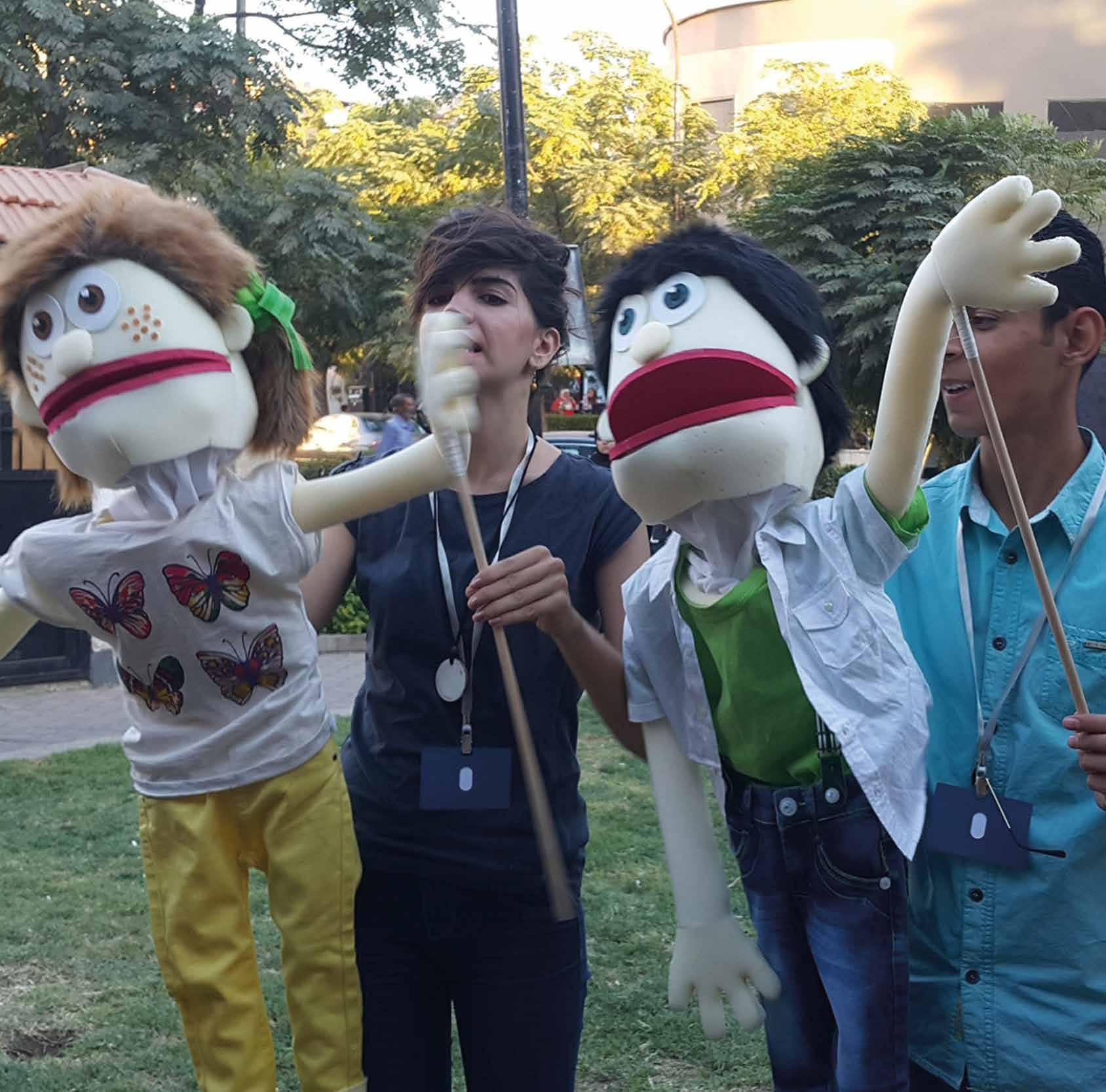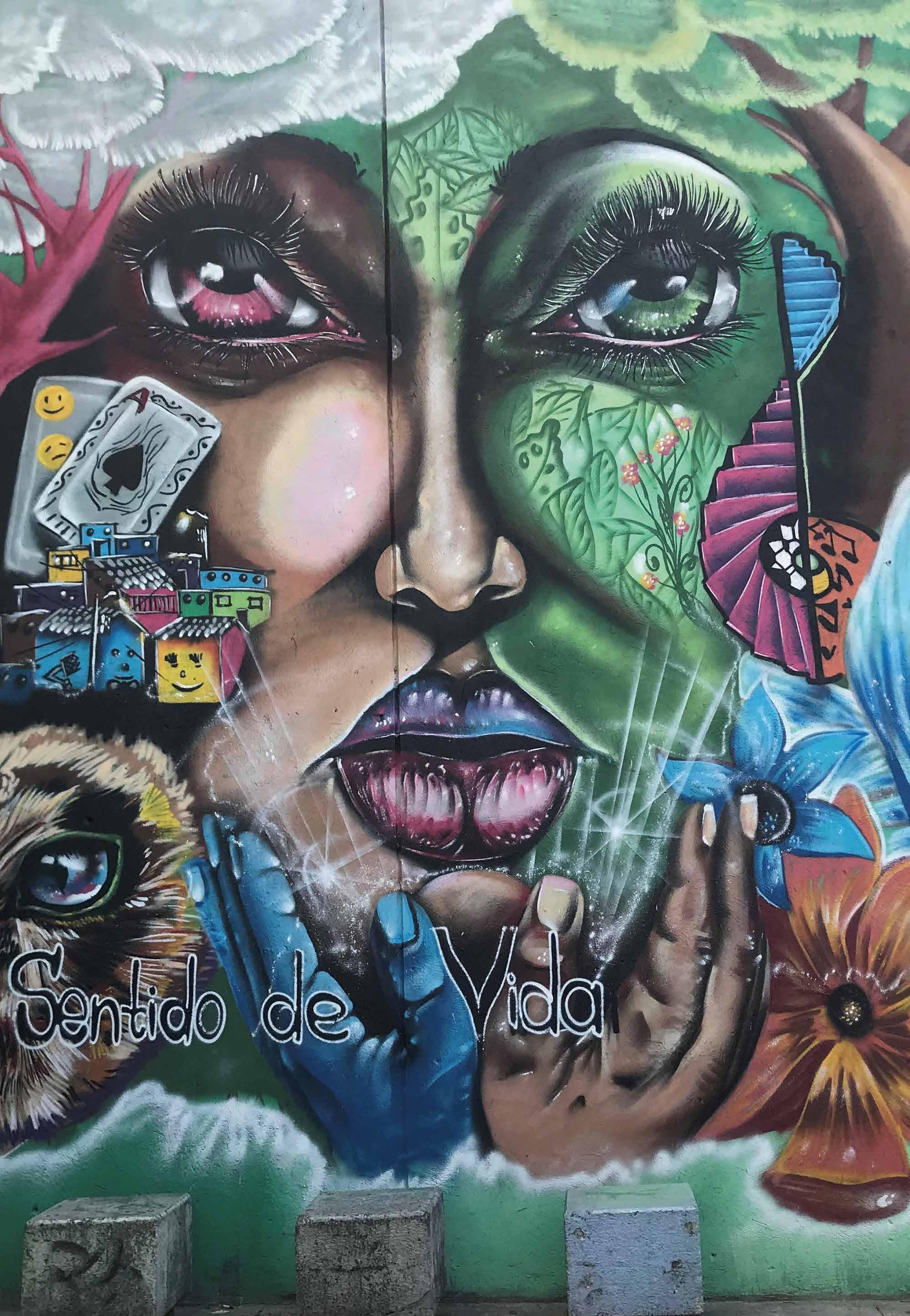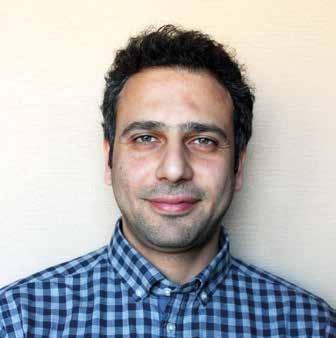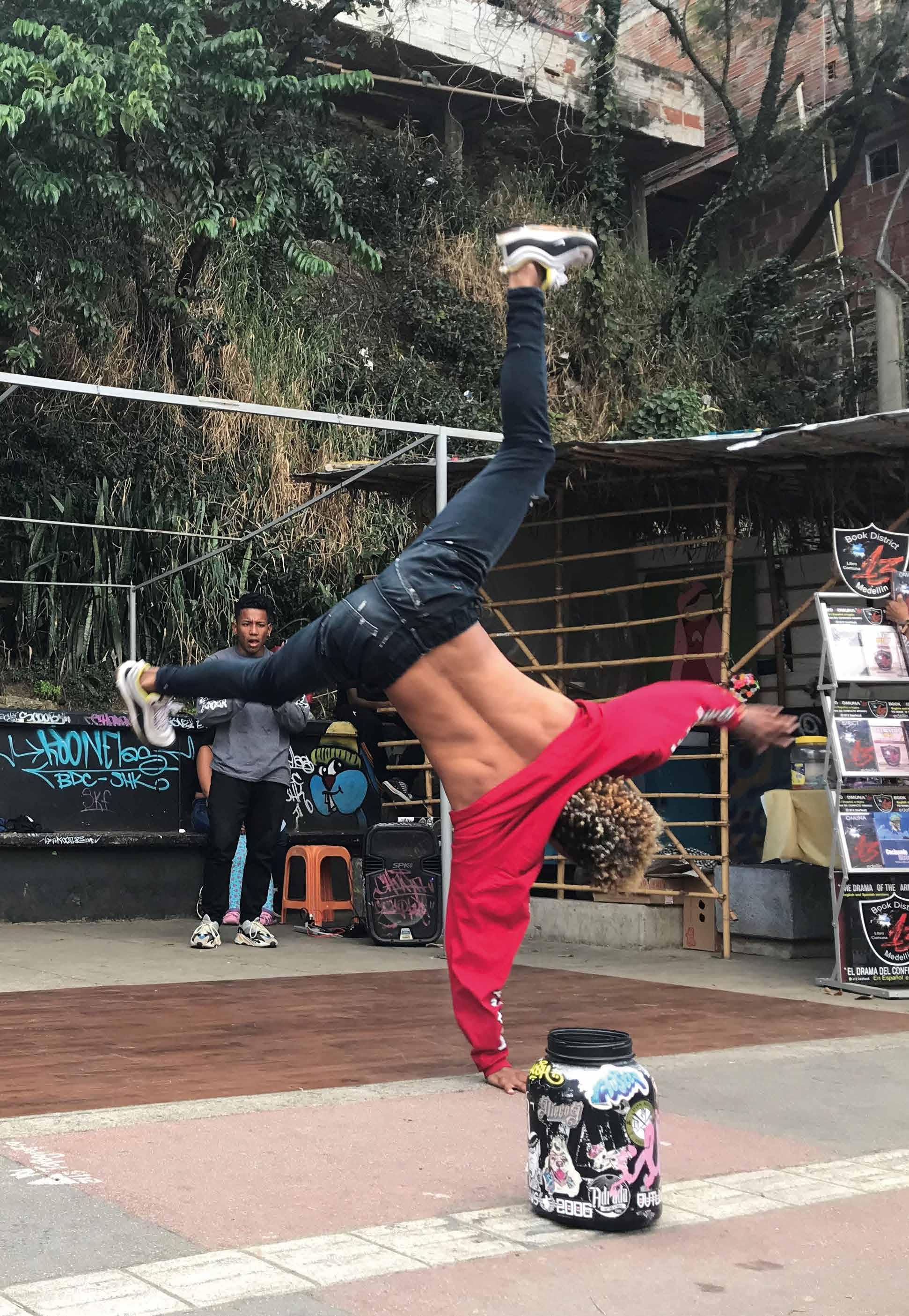
2 minute read
Context
from The Art of Peace
by ccse_uws
The arts and culture are widely acknowledged for their use as propaganda in inter-state conflict, most notably in the Cold War between the USA and the USSR. However, their value as a means to advance peace and security has traditionally been considered in both academic and policy circles as limited.3 Cultural relations practitioners recognise that arts and cultural programmes do not have the sole power to resolve conflict or prevent violence in and of themselves.
Yet their experience working in areas of conflict and fragility reveals significant evidence of the power of the arts and culture to increase the resilience of communities and provide a platform for dialogue at times of crisis. Former staff reflected on some notable examples from the British Council’s own history at a seminar on the role of arts programmes in conflict in London in 2016. Their observations suggested that arts programmes have a particular impact at times of conflict. During the Siege of Sarajevo in 1994, the showcasing of films from the Edinburgh Film Festival provided a morale boost to Sarajevo’s artistic community, giving them a sense that the outside world had not forgotten them. In 2003, after the US-led invasion of Iraq, the reopening of Kirkuk Museum for an evening helped defuse community tensions and remind them of their shared cultural heritage. And in 2013, Syrian artists fleeing the country’s civil war gained a lifeline to continue their work and maintain connections in the diaspora thanks to a British Council grants and skills training programme. The research carried out by the University of the West of Scotland and summarised below aims to understand the evidence base for the role of the arts and culture in building peace, with a view to supporting the British Council and other international cultural relations practitioners to explore how cultural programmes can have increased benefit for security and stability in fragile and conflict-affected contexts.
Advertisement
3. Grincheva (2010); Schneider (2009). 4. Cohen (2005); García (2014); Zelizer (2003). 5. Breed (2006, 2008); British Council (2012); Cohen (2005); Chu (2010); García (2014); Grant (2017);
Kafewo (2007); Naidu-Silverman (2015); Preis and Stanca Mustea (2013); Samson (2000). 6. Chu (2010); Breed (2006); Rueda (2014). 7. British Council (2012); Cohen (2005); García (2014); Naidu-Silverman (2015); Shank and Schirch (2008);
Sithamparanathan (2003). 8. Aubrey et al. (2016a, 2016b); European Commission (2015); Kafewo (2007); Sandoval (2016: 205). 9. Aubrey et al. (2016a, 2016b); Breed (2006); Chu (2010); Kafewo (2007); Robertson (2010);
Sithamparanathan (2003); Paluck (2009). 10. McHenry (2011). 11. García (2014: 41). 12. Sandoval (2016: 204). 13. Fenercioğlu (2016). 14. Ojokwu (2016); Ibekwe (2013). 15. García (2014: 19). 16. Shank and Schirch (2008: 4). 17. Bergh and Sloboda (2010). 18. Bergh and Sloboda (2010); McCoy (2009); Gourevitch (2010); Grant (2017). 19. McCoy (2009); Gourevitch (2010); Grant (2017).






